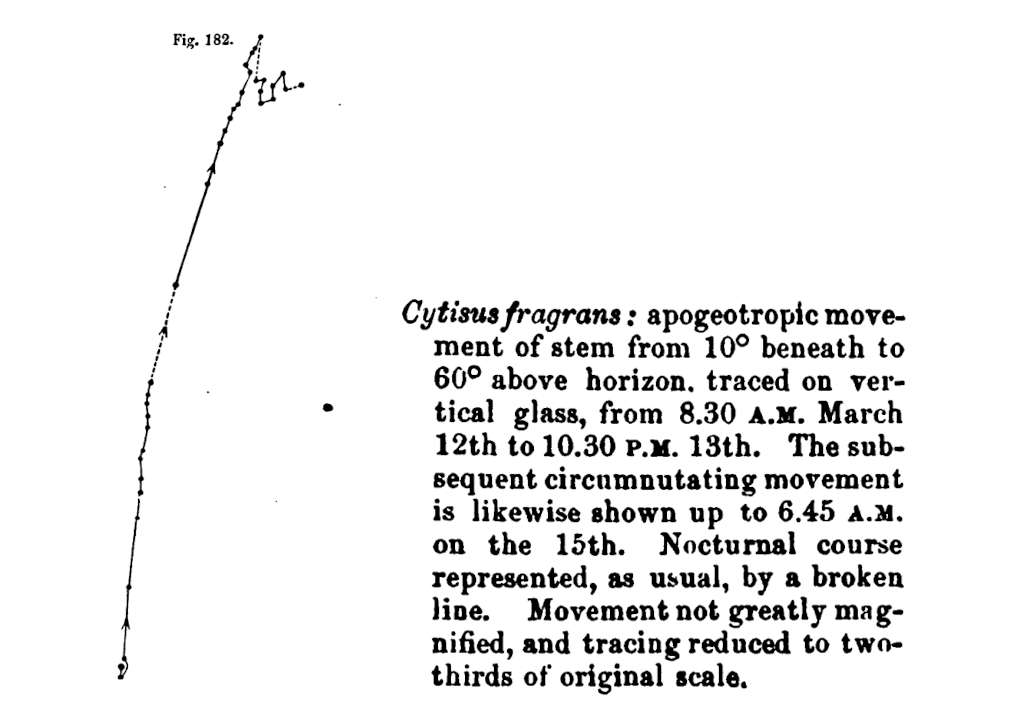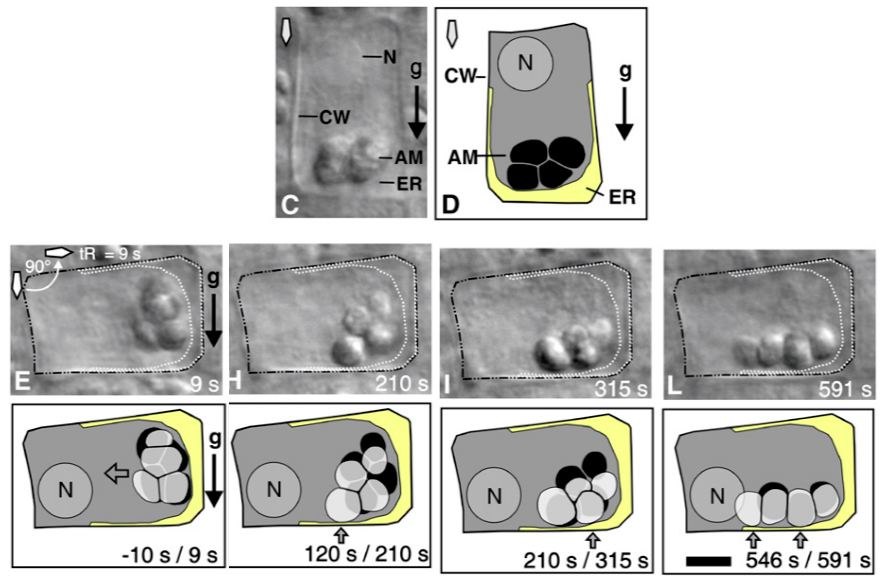Release the Garlic

A bit of gravity in ungrounded times
The GreenJeans Enforcers burst through the gate.
“OK, you Hay Seeds! Back off!”
“Move away and nobody gets hurt.”
“Release the garlic!!”
Some garden chores I do because? Well, because they have to be done. The never ending war on entropy. But some garden chores I do because they never fail to instill joy and hope. Year after year. Tending to my garlic shoots late in February is one of those kind of chores.
And I’m not the only one. Once, at a gas station in New England, I was hailed by a couple drawn to my Virginia license plates. It turned out they were fellow Virginians and lived quite close by in a neighboring county. Talk turned to gardens and eventually to the fact that they were headed back south, home to tend to their garlic.
Bob and I are both garlic gardeners, though his plot is on the coast of Maryland. And he has the better of me for garlic nirvana. His cloves can go in the ground earlier, with less risk of winter damage to exposed growth. Consequently, they have a longer season before they sign off with the oncoming heat of summer.
But I’ve grown to love the cadence of Virginia Piedmont garlic.
Ever since early November, the cloves have been deep in the ground protected by a heavy mulch of straw. My soil thermometer claims the temperatures down there hit a low around 35 F by mid-January. Three or four inches underground, in the dark, they are growing for the promise of sunshine. Putting down roots and sending up shoots.
Garlic knows gravity.
How does that work? Why don’t the garlic shoots just grow in any old direction, snaking around underground, figuring they’ll break out by chance eventually? A macro Brownian motion?
“Gravitropism,” also called “geotropism,” is the response of plant growth to the force of gravity. It is said that the first scientific account of gravitropism was published by Darwin and Darwin in their 1880 (London), 1881 (New York), book titled, “The Power of Movement in Plants.” That’s Sir Charles Darwin, of course, he of “Origin of Species” fame. And Sir Francis Darwin, his third son, a botanist. Here’s the experiment.
Darwin and Darwin would surround a plant with glass plates, block the light, and then tip it over on its side. At intervals, they would peek at the plant and mark the location of its tip on the glass plates with a Sharpie. I’m sure it was a Sharpie. They write:
“Plants were selected for observation almost by chance, excepting that they were taken from widely different families.”
Oh intrigue! I imagine them wandering about botanical gardens surreptitiously digging up unsuspecting bushes, upending family gatherings, and then sneaking them back to the kitchen for torture.
Below is the result of one of their experiments, Figure 182 from the 1881 book. In this case, our poor “almost chance” species is Cytisus fragrans, which I am told is a synonym for what is now classified as “Cytisus supranubius”, which has the advantage of simultaneously sounding more grandiose and less appealing. Or “Broom Plant”, a native of the Canary Islands. The plot on the left is a “connect-the-dots” trace of the growing tip from the Sharpie marks on the glass plate, and the text on the right is the figure legend.

The description of this experiment is a fun read:
For instance, a young Cytisus fragrans, 12 inches in height, was placed so that the stem projected 10° beneath the horizon, and its course was traced during 72 h. At first it bent a very little downwards (Fig. 182), owing no doubt to the weight of the stem, as this occurred with most of the other plants observed, though, as they were of course circumnutating, the short downward lines were often oblique. After three quarters of an hour the stem began to curve upwards, quickly during the first two hours, but much more slowly during the afternoon and night, and on the following day. During the second night it fell a little, and circumnutated during the following day; but it also moved a short distance to the right, which was caused by a little light having been accidentally admitted on this side.
Oops. Dad must have forgotten to draw the curtains.
By the way, if you are curious about “circumnutating”, Merriam Webster has the answer:
circumnutate intransitive verb
cir-cum-nutate
: to grow in a way characteristic of circumnutation
Just in case you were in doubt. (Hint: waving about in the air.)
Cytisus fragrans and 592 pages of text not withstanding, it is hard to image that our ancient agrarian ancestors, who had no glass, not to mention Sharpies, and had all but three numbers: one, two, and a heap; it is hard to imagine they failed to notice that roots grow down and shoots grow up, even in the absence of light. Under 12” of straw mulch. Failed to notice the shoot in the tipped over clay pot at the back of the leanto reorienting to continue growing upward. Notice that stone foundations buckle under the power of the movement in plants.
Gravity may not have had a name, but it certainly could not have gone unnoticed until the 1880s, at least among farmers.
So how does a cell perceive gravity then? The Darwins didn’t get very far by way of mechanism. So take a minute and think about how you might design such a sensor? I would probably check to see where something heavy settled, like ball bearings in a pill bottle. The ball bearings always marking the “down” direction, the bottom facing surface of the pill bottle, no matter how it is oriented.
By 1900, two botanists, the Austrian Gottlieb Haberlandt, and the Czech Bohumil Němec, had scooped the whole field, using microscopy and genetics. They outlined a model that is more or less our ball bearing model, and it has survived largely intact to this day. The roles of the ball bearings are played by heavy mineralized starch granules, called “statoliths”, and the part of the pill bottle is played by specialized sensory cells, called statocytes.
You can easily see statoliths under the microscope. In the picture below I have extracted several panels from Fig. 2 of a paper by Leitz et al. (2009) where they measured the kinetics of statolith movement.
The panels are in pairs, with each micrograph of the cell coupled with a tracing of the image. The labels are "CW" for the cell wall, "N" for the nucleus, and "ER" for the endoplasmic reticulum, a system of intracellular membranes. The statoliths are labeled "AM" for "amyloplastid", the bags of starch granules.

The top pair (panels C and D) show the starting upright cell with the statoliths sitting on the bottom. In the lower series, the cell is flipped on its side and imaged at 9 sec (E), 210 sec (H), and 591 sec (L) later. (There are more time points in the original paper.) The tracings show the current position of the stratoliths in gray, and their positions in the previous time point in black.
Remarkably, the statoliths respond to tipping within 1 sec and have moved significantly by 2 min. In about 10 min they have settled to the new "bottom" of the cell. That's pretty cool to see.
How big are those stratoliths? For reference, the black bar in the trace of panel "L" is 5 micrometers (μm) long. So our ball bearings are roughly 2-3 μm in diameter. You probably have a rough sense of the distance of 1 millimeter (mm, there's about 25 of them to an inch). And there are 1000 μm in 1 mm. That means we must line up 300-500 of those statoliths in a row in order mark a distance 1 mm long. But? But just a handful of them are sufficient to tell a cell which way is up! That's pretty amazing! Maybe we should inject a few into our politicians.
That's a cool mechanism for sensing gravity, but how is it translated into the redirection of growth? Since I have already put y'all to sleep, here's the quick and dirty. The statoliths mark the site where auxins (plant growth hormones) are secreted and they, in turn, stimulate directional cell growth. Move the statoliths, and you move the site of auxin secretion, and thus the direction of growth. There is a complex signal transduction pathway controlling this whole process, some details of which have only recently been discovered over a hundred years after Haberlandt and Němec.
Discovery is ongoing. The end of science isn't, unless we end it. If we are ever to have garlic on Mars, it might be a good idea to stop canceling basic science research – like the kind that studies the mysteries of gravitropism.
By late February, the garlic shoots have poked through the soil, pushed up, and are searching for the sky. Many find their way through the tangle of straw, like rabbits through the brambles. Others are trapped under the weight of a wet clot of mulch, pinned to the ground, and must work very hard to get around the obstructions. It is time to strip back the straw and release the garlic.
I have always maintained that February is the longest month of the year, but eventually it serves up a few days of false spring. Days when it is comfortable to be out, the sun on your back, and the sting of cold soil on your fingers, kneeling over garden beds. Nothing but mulch, so the first chore is to locate one of my minions. I start at one end and peel back a little of the mulch looking for a shoot. There it is. A joyous green you won’t see again for the rest of the season. Then it is simply a matter of sliding a hand along the soil, moving the straw to the side, keeping an eye out for the shoots, and following the parade down the bed, one every six inches or so.
Even though I know I planted them in that fashion, it is still startling to see the shoots come up in regular order. Every once in a while one comes up way off to the side, hiding under undisturbed straw, and I have to search for it. I like to imagine these vagrants reflect some mysterious underground geography I can’t know or understand, or some wizardries, redirecting the shoot, rather than a comment on my lack of skill at sowing in straight lines. Maybe they’re just curious. Or mischievous.
Three rows per bed. Two beds altogether. And we’re done.
By now the sun has dropped behind the treetops, glinting through a veil of cirrus clouds. There’s a noticeable chill in the air and I pull up the hood on my jacket. Linger for a while and listen. I can almost hear the statoliths plinking onto the cellular basements of the garlic shoots as they stretch out to meet the world. There's the late call of a wren atop the wood pile. Then. Gather up the trowel and head in.
For a couple of hours, I have forgotten all about the vanities of the bonfires consuming the nation.